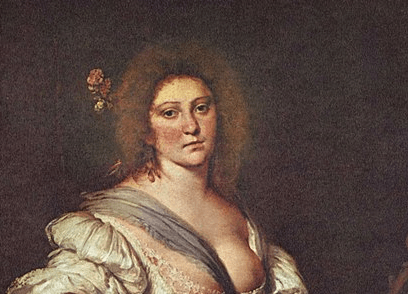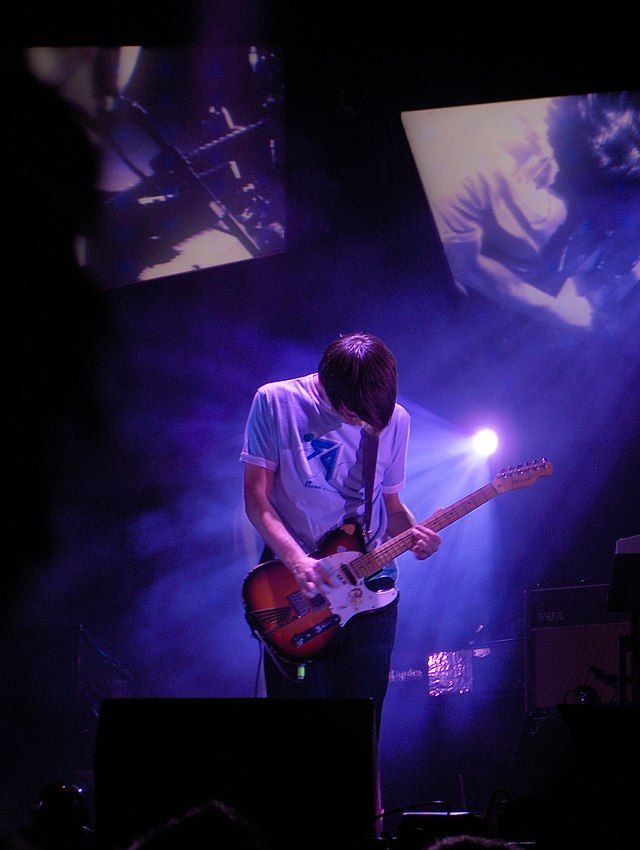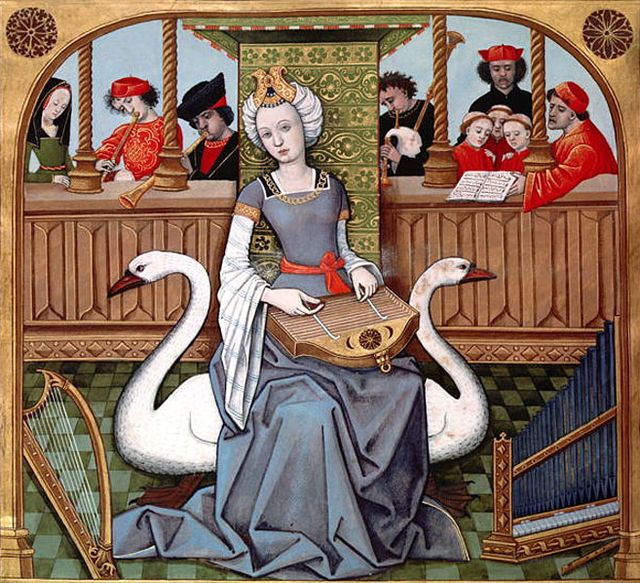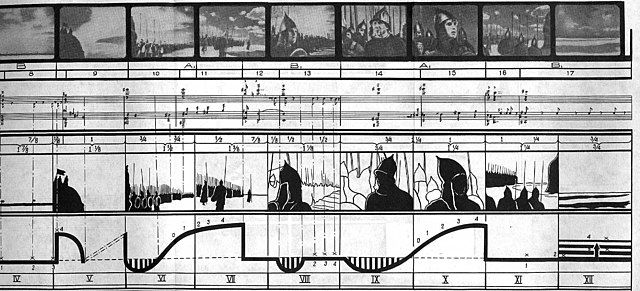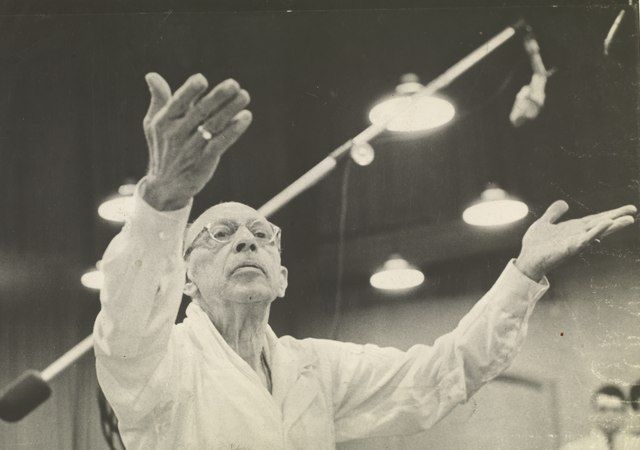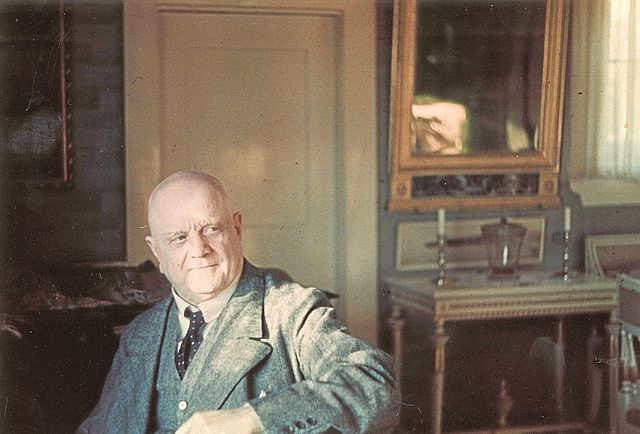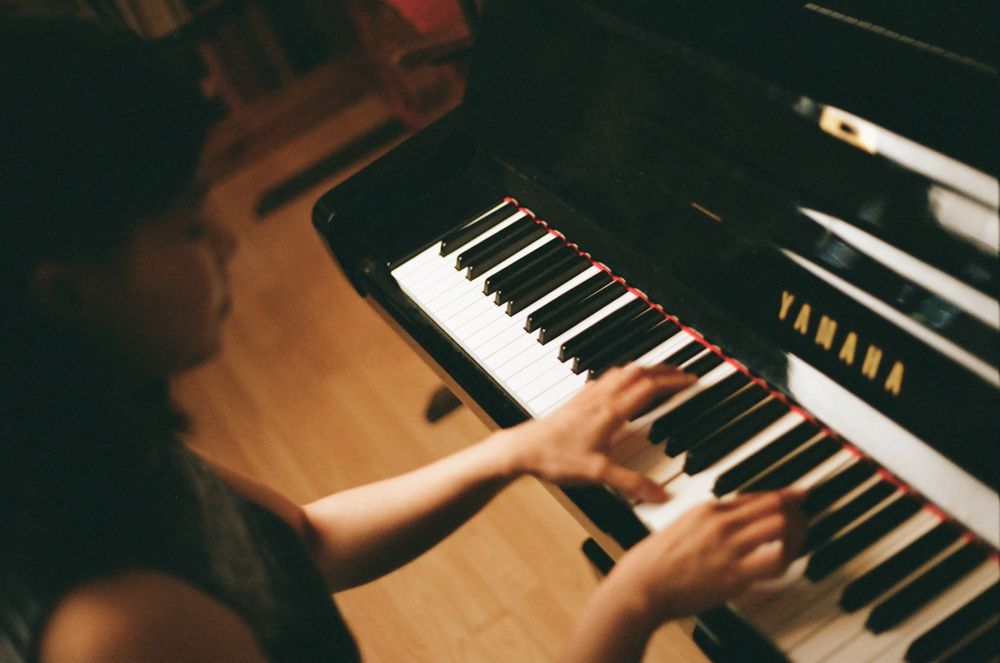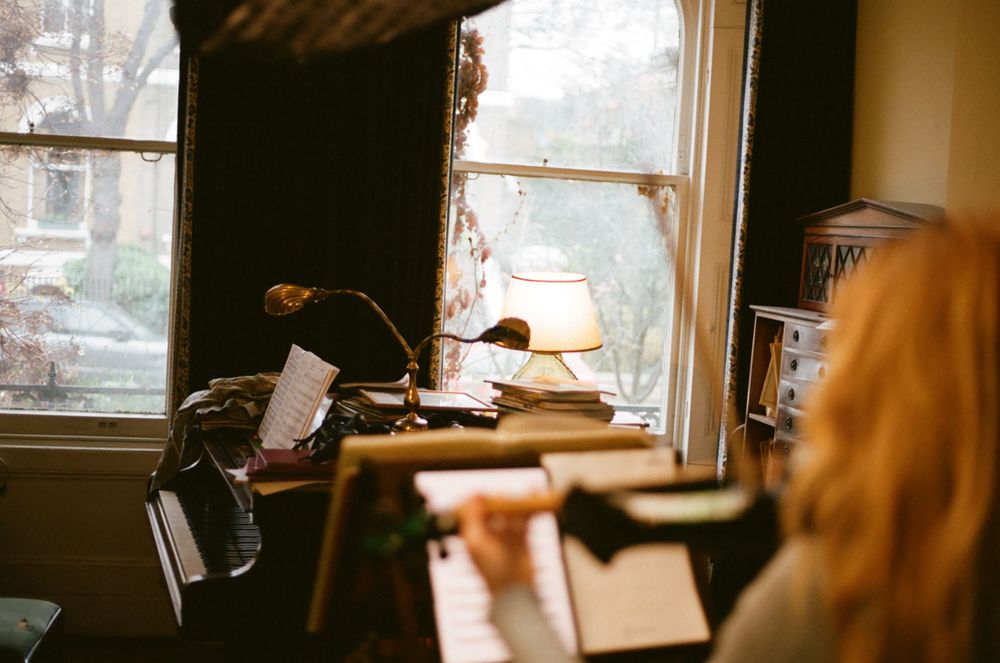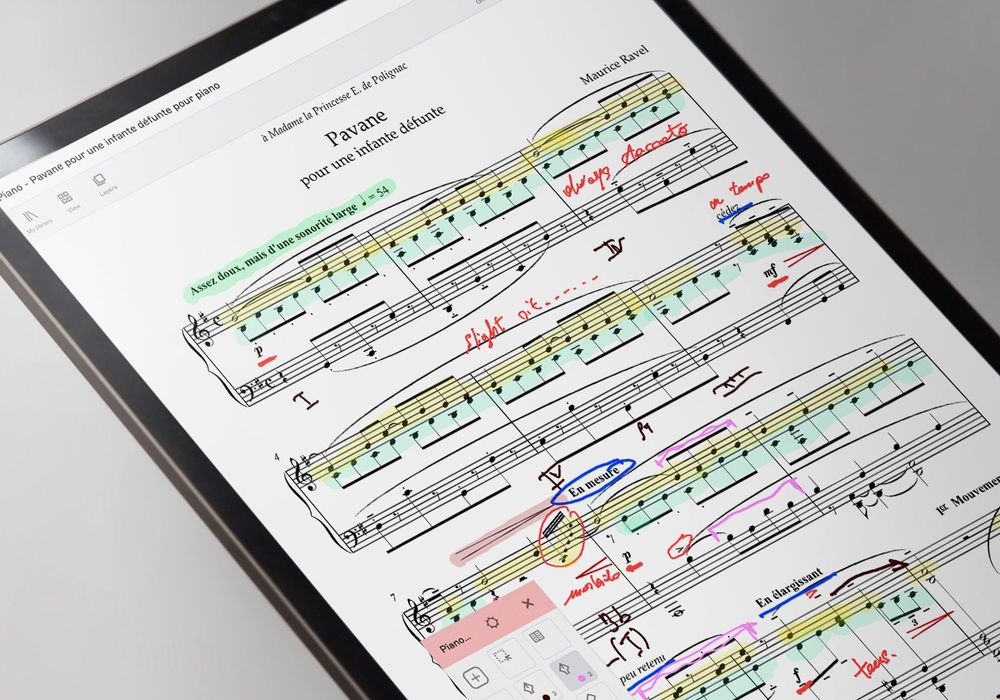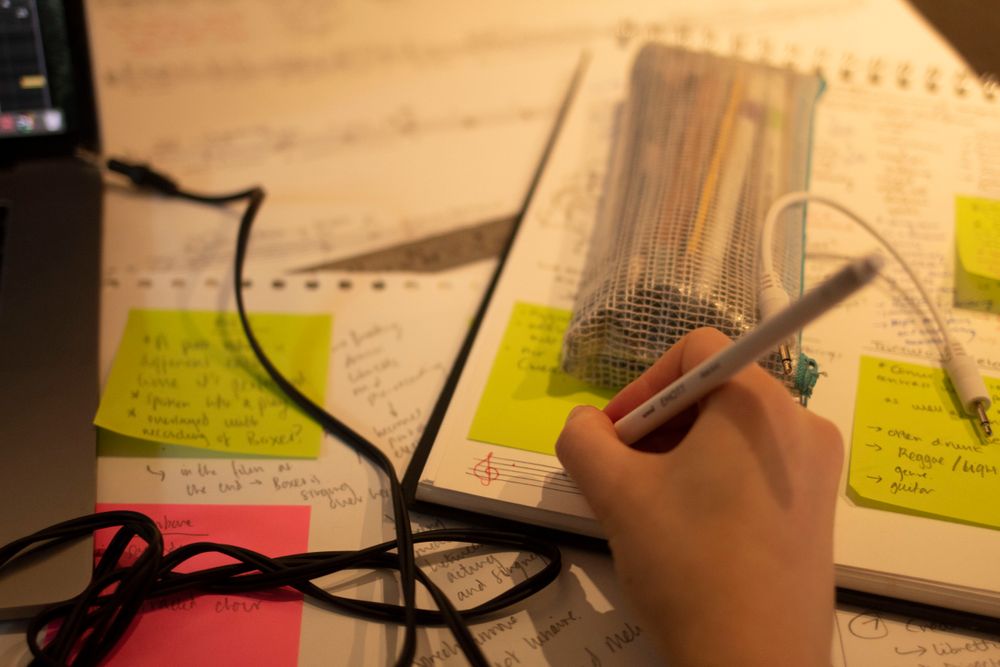Plenty of us love classical music. But for most of us it’s the old masters that we continually fall back on: Bach, Beethoven, Mozart, Debussy, Tchaikovsky. Maybe some Stravinsky if we’re feeling a little risqué.
But who’s out there at the cutting edge right now? Carrying the torch as classical music navigates the utter chaos of contemporary, globalised, Internet culture. As it's forced to compete with more genres than ever and combat accusations of elitism and irrelevance, which composers are safeguarding the survival and prosperity of our cherished tradition? And more importantly, which composers offer the best proof of all that it still has something unique to contribute to society?
That said, one of the great developments in recent years is the evolution and expansion of the role of the composer beyond the world of just classical music. Creative figures are able to ply their trade in other fields, and yet still acquire the kind of status traditionally reserved for composers of concert works. This is unquestionably a positive change, and for this reason we have included individuals who practise other strands of composition, too.
One of them is Hans Zimmer, a leading figure in the realm of film music, one of the most accessible and influential frontiers for classical-style music today. His entry, and that of Kaija Saariaho - who can’t reasonably be excluded from any list of the greatest modern composers - are taken from previous articles in the ‘best composers’ series. You can find links to these articles at the end of this page.
Let’s get down to it.
